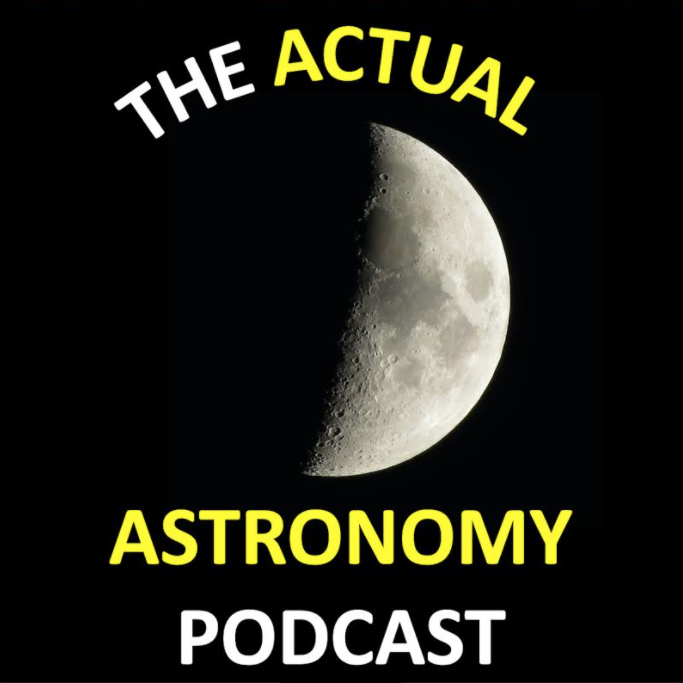Today’s Episode

Jul 18th: Magnetic Fields Help Find Ocean Worlds
Researchers have determined how to effectively measure the magnetic fields at Neptune to determine if any of the moons are ocean worlds…
Subscribe & Follow
Project Director: Avivah Yamani
Audio Engineer: Richard Drumm
Executive Producer: Pamela L. Gay
Learn more about us on our
Credits and Sponsors page.
We are a community podcast,
bringing you the voices of astronomy & astronomy lovers,
everyday of the year.
More Recent Episodes
Jul 17th: First Upgrades for your Telescope
Today’s Actual Astronomy talk about how to transition to new eyepieces, finderscopes and star charts in the most seamless way. Recommendations include buying quality over quantity and used where possible.
Jul 16th: What Comes After James Webb & Nancy Grace Roman?
Jul 15th: Biosignatures: The Search for Life Beyond Earth
The search for life however, is a little more involved than finding planets, measuring their location and distance around the star and figuring out their location within a habitable zone.
Jul 14th: Death From the Skies, With Phil Plait
We say it all the time here on Astronomy Cast: the Universe is trying to kill us. This week, Pamela is joined by Dr. Phil Plait to discuss his new book, Death from the Skies. Phil and Pamela talk about asteroid strikes, solar flares and gamma ray bursts.
Jul 13th: Nature’s Gateways & Telescope Reborn
In this episode, we explore two powerful journeys. First one grounded in the sacred dark skies of New Mexico, the other reaching across billions of light-years through cutting-edge technology.
Jul 12th: Messengers Of Time And Space
In just over 10 hours of test observations, Rubin Observatory captured millions of galaxies, Milky Way stars & thousands of asteroids.







